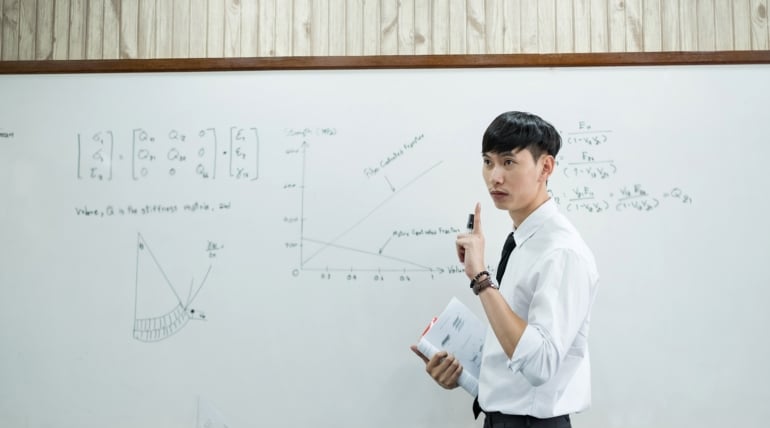It’s documented in numerous studies that autistic people face difficulty in recognizing emotions in facial expressions and other social cues. But is this always the case? A recent study conducted by researchers from Edge Hill University suggested exciting results.
Purpose of the study
Lead researcher Dr. Liam Cross and his team conducted a study to test the emotional recognition abilities of autistic and neurotypical people when given an actual photo of a human vs . a cartoon version.
Study Procedure
The study was conducted with participants consisting of both autistic and neurotypical adults. A total of 196 participants were involved in the study, 98 autistic and 98 neurotypical. Participants answered demographic questions and were later assigned to either the Reading Mind in the Eyes Test (RME) or Cartoon Reading Mind in the Eyes Test (C-RME).
The 98 participants assigned to RME were given a human face photo, while the 98 posted to C-RME were shown a cartoon version of the face. In both tests, participants had to determine the emotion conveyed in each picture.
Results of The Study
The results showed no difference in the two groups regarding recognizing emotions in a human face photo. Researchers theorized this could be due to the high number of females in the research and that females tend to perform better in emotion recognition tasks than males.
On the other hand, the results showed an interesting result regarding recognizing emotion in cartoon faces. Researchers found that autistic adults outperformed neurotypical adults on this task.
This could mean that autistic individuals have remarkable anthropomorphic abilities compared to neurotypicals.
In her Interview, Dr. Gray Atherton, the senior researcher in the study, stated, “Autistic people are often described as having poorer socio-cognitive skills than neurotypicals. But In our research, they (autistic) were able to read emotions in cartoons, & they did it with better accuracy than neurotypical participants..”
She added, “The fact that neurotypicals did poorly than autistics on cartoon eyes test raises important questions. It could be an area of social-cognitive strength in autistic people who identify better with anthropomorphic agents like animals, robots, dolls, or cartoons.”
The study is one of the first to suggest that autistic people outperform neurotypicals in recognizing emotions from cartoon faces and that these skills may be an area of strength for them. This could further help us understand how autism affects people’s ability to recognize emotion and social cues, which are essential for successful social functioning. It also opens up new avenues for research in this area and could lead to new interventions that target emotional recognition skills among autistic populations.
Study Limitation
The only limitation of the study was the limited number of participants. To have more accurate results, there needs to be a larger sample size and further research on this topic. Again, there was skewness in the gender demographics of participants, where most were female. A larger sample size with a balance of genders would have provided a better understanding of the results.
Nevertheless, this study is an essential milestone in exploring how autistic people interpret emotions and social cues differently from neurotypical. It also highlights the potential strengths that can be harnessed and nurtured in autistic individuals.
Hopefully, this study will lead to a further understanding of autism and improved therapeutic interventions for people on the spectrum.




